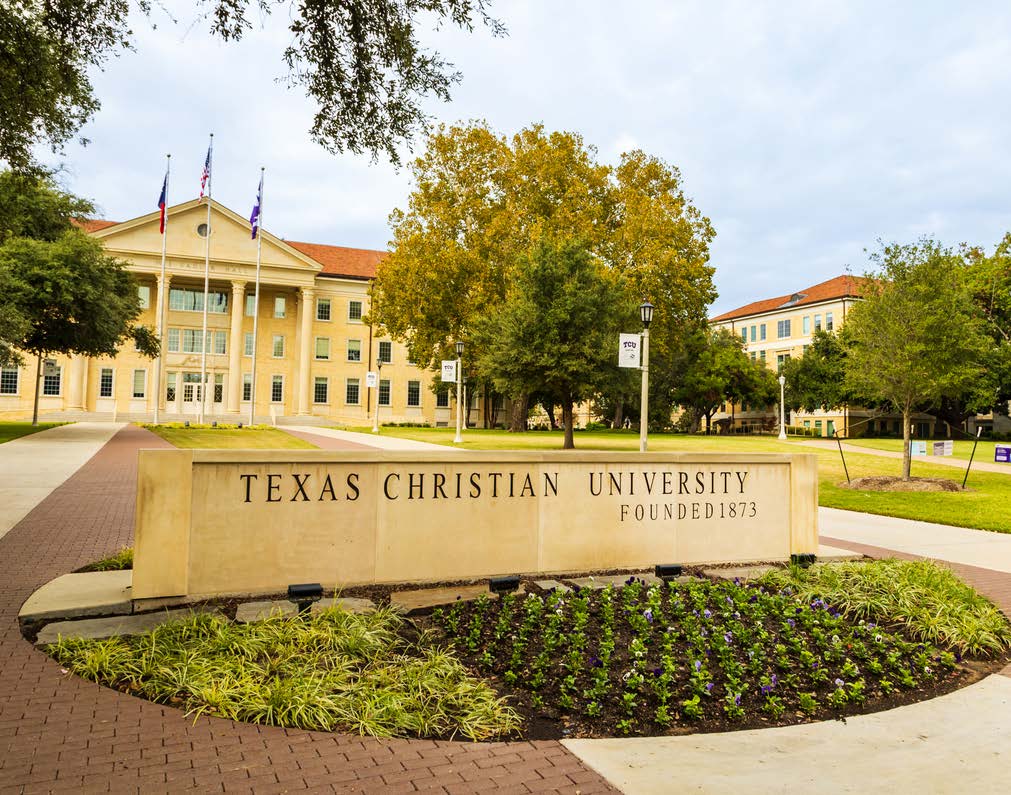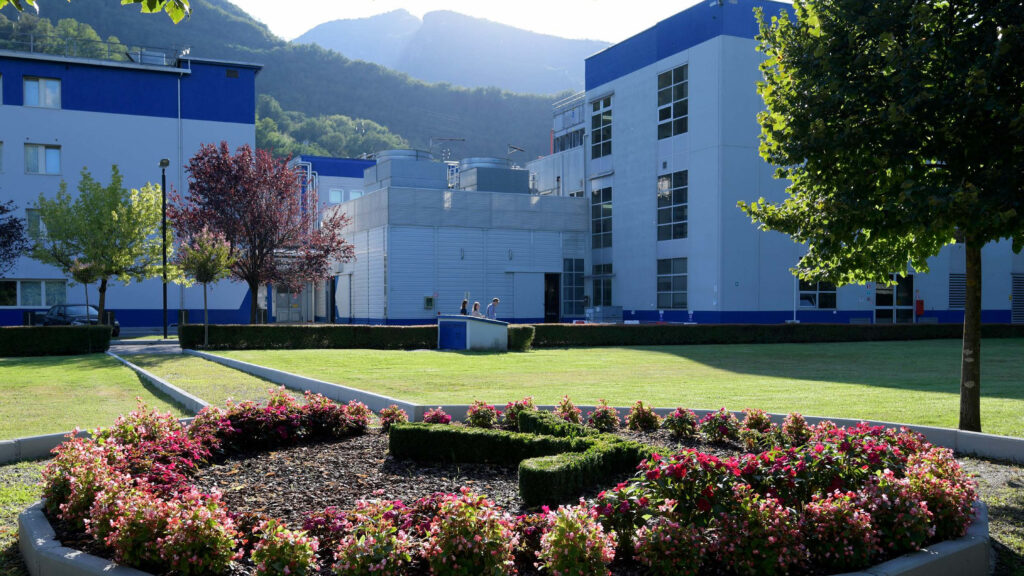Customer Profile
Founded by Thomas Jefferson in 1819, The University of Virginia is distinctive among institutions of higher education. The school consistently ranks as one of the top public universities according to US News & World Report rankings. Between the university and the nationally renowned University of Virginia Health System, the procurement of research materials and supplies is an essential requirement to ensure the uninterrupted flow of knowledge and discovery.
The University of Virginia’s procurement services department initially implemented JAGGAER’s solution to address a state requirement, but they got much more than they bargained for. Through JAGGAER, the department discovered how to build more efficiency and financial stewardship into how the organization purchases goods and services. It started as a compliance initiative, but resulted in a transformation of the organization’s entire procurement process — reducing costs, bringing spend under management and allowing FTEs to be reallocated to more business-critical initiatives.
Download the full University of Virginia case study in PDF
Challenges
The University of Virginia had a problem. In order to comply with eVA, the state mandated procurement system, the university needed to provide line-item detail on every purchase order issued by the school. Since orders originating in the old system did not contain line item details, significant manual data entry would be required to support matching invoices to POs. The volume of line items that required matching was significant.
Adding to the challenge was the fact that the university could not effectively manage non-catalog orders, clogging up their system with manual paper invoices. UVA needed a system for catalog management and ordering that automatically generated POs with line-item details that could be easily matched during the invoice reconciliation process.
Another challenge was the fact that users would bypass the university’s procurement system completely, initiating orders over the Internet or phone. This meant invoices received might not have a PO that could be matched, or users would retroactively generate a PO number from the ERP system to force a match to the invoice. At best, spend what is not being managed. At worst, reconciliation of invoices was completely inaccurate.
Solution
The UVA procurement department selected JAGGAER as the firm that had the best capability to meet its requirements. The department implemented three components of the JAGGAER eProcurement solution suite to address their procurement challenges. The university implemented JAGGAER’s Invoicing to utilize POs with line-item detail and increase the amount of detail on invoices. And by automating invoice receipts, UVA eliminated the need to hire three FTEs to manually enter the increased invoice detail.
The value of Invoicing was enhanced through JAGGAER eProcurement, an online private marketplace that incorporates electronic catalogs of contracted products and services for easy web-based ordering.
JAGGAER enabled UVA to completely overhaul their business process, aligning every purchase made by the organization. All purchase orders are now first created in JAGGAER, and invoices now reference a valid PO generated with proper approvals throughout the system.
Through JAGGAER, the University of Virginia is shrinking the use of paper with electronic invoices and the procurement department is dramatically reducing invoice cycle time. JAGGAER also integrates seamlessly with Oracle, UVA’s internal ERP system, in order to verify the invoices are error-free before they are transferred to Oracle for final processing. This pre-verification includes matching invoices to purchase order line items and managing item substitutions so that they don’t fail in the Oracle system.
The pre-cleansing in JAGGAER reduces exceptions in Oracle resulting in substantial savings, including FTE time and effort. “In our old process, we had to enter an exception invoice from scratch and handle it all the way from the mail room to the file room,” said the Assistant Director of Procurement Services for the University of Virginia. “With JAGGAER’s touch-free processing of invoices, we can complete the same process in about a minute.”
The future
JAGGAER enables UVA to meet eVA’s requirements, supporting even the most complex invoices with hundreds of line items. Invoicing makes it easier for suppliers to do business with UVA through electronic POs, invoicing and prompt payment, strongly positioning the university to negotiate better contracts with vendors.
With eProcurement, UVA has dramatically improved spend under management. User adoption is on the rise with content-rich catalogs and intuitive purchasing tools, such as the ability to highlight and promote preferred suppliers and easily “drop” products from favorites into a shopping cart. Researchers, professors and assistants can now gain access to the critical supplies they need faster, resulting in a 70 percent reduction in off-catalog purchases (where catalog purchasing is available).
As a result, UVA is experiencing stronger contract compliance. The improved ability to process and pay invoices more quickly assists UVA in negotiating prompt payment discounts with suppliers. The JAGGAER system has dramatically decreased UVA’s invoice processing time. Compared to an average of five minutes to create a manual invoice, most JAGGAER invoices are now created electronically requiring no human intervention. With only 10 suppliers enabled thus far for a total of 40,000 electronic invoices annually, efficiency savings has allowed UVA to move 1.5 team members to more strategic activities.




